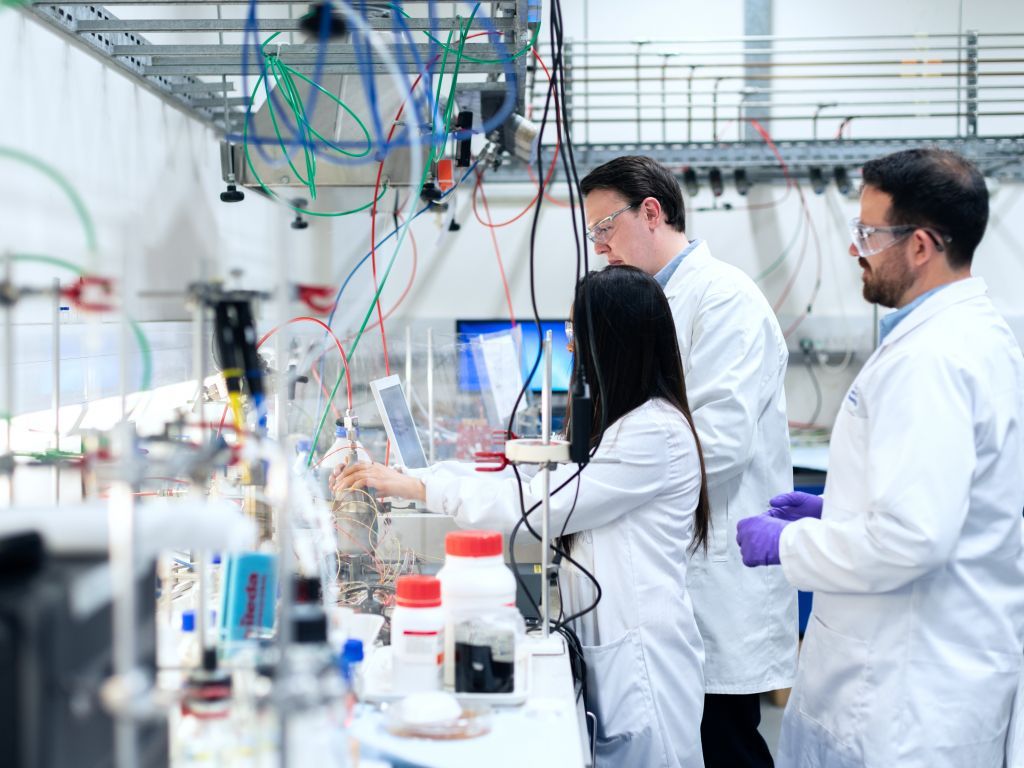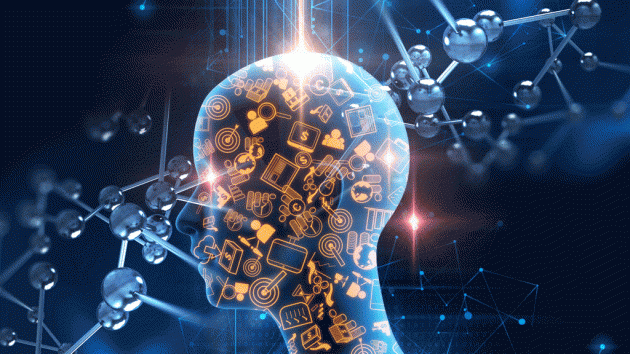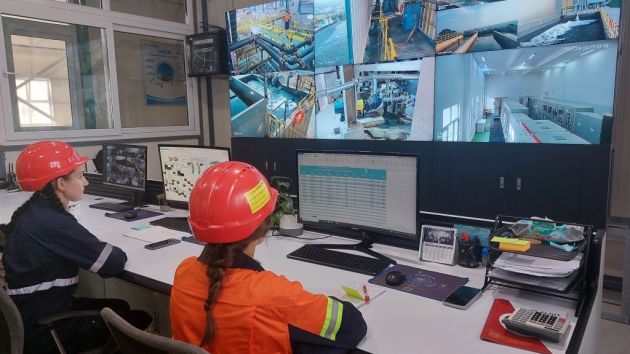Scientists from Serbia Developing Cure for Spinal Muscular Atrophy with AI’s Help
Illustration (Photo: Unsplash)

In an interview with the Novosti daily, the leader of the team, Milan Mladenovic, PhD, an associate professor at the Faculty of Science in Kragujevac, says that, feeling empathy with families who are dealing with SMA, as university professors and scientists, they saw it as their obligation to contribute to the fight against that disease through their work, in the hope that, several years later, their efforts would result in drugs which alleviated the symptoms of that difficult disease. That is how a team of biochemists, geneticists and organic chemists – experts in their fields – was gathered.
– Our research concept is that we don’t chemically modify human DNA and incite the forming of SMN proteins that way (an approach which has proven to be inefficient), but to try to deactivate the proteins which surround the DNA, the so-called epigenetic proteins, and thereby indirectly influence the further development of the disease – says professor Mladenovic. – Epigenetics is a scientific discipline which is rapidly expanding and has a potentially big impact on medicine. We will also make a contribution to epigenetics through the application of artificial intelligence for the designing of epigenetic medicines, thereby following the most modern trends in chemistry, pharmacology and medicine. Eventually, the designed molecules will be chemically synthesized and pharmacologically tested, in the hope that we will develop extremely efficient drugs to fight SMA.
He points out that the existing cure is ZOLGENSMA gene therapy, whereby a part of the genetic material of a harmless adenovirus, when introduced to the human genetic material, should stimulate the regeneration of SMN proteins. Numerous vaccines against other diseases, which have been used in medicine for years, function the same way. However, the preparation of such a drug and the therapy administration process itself are very expensive, amounting to USD 2.125 million per therapy.
– As I have already indicated, the medicines that we will develop will not affect the DNA, but the proteins which surround the DNA of a baby – explains professor Mladenovic. – After browsing through scientific literature, we have determined that the SMA symptoms could be considerably, if not fully, mitigated if the activity of an epigenetic protein which is called histone deacetylase 4, abbreviated HDAC4, were fully turned off. To clarify, HDAC4 stimulates other proteins in the muscles to contribute to the dying out of the muscles in SMA. It is the way that we would turn off the activity of HDAC4 that is unique in the treatment of SMA and that hasn’t been tested so far.
Companies:
 Fond za nauku Republike Srbije
Fond za nauku Republike Srbije
 Univerzitet u Kragujevcu
Univerzitet u Kragujevcu
 Univerzitet u Beogradu
Univerzitet u Beogradu
 Vlada Republike Srbije
Vlada Republike Srbije
 Prirodno matematički fakultet Kragujevac
Prirodno matematički fakultet Kragujevac
 Institut za informacione tehnologije Kragujevac
Institut za informacione tehnologije Kragujevac
Tags:
Science Fund of Serbia
University of Kragujevac
University of Belgrade
Government of the Republic of Serbia
Rare Diseases Association
Faculty of Science
Institute for Information Technologies
Milan Mladenović
Nevena Tomašević
Sanja Matić
Vladimir Savić
Milena Simić
Gordana Tasić
Predrag Jovanović
SMAIPROTACs
Prism Program
artificial intelligence
spinal muscular atrophy
cure for spinal muscular atrophy
HDAC4
PROTAC
medical drug testing
pharmaceutical industry
innovations
therapy
ZOLGENSMA
chemistry
pharmacology
medicine
experiments
immunobiology
toxicology
rare diseases
AI
clinical testing
Comments
Your comment
Naš izbor
Most Important News
Full information is available only to commercial users-subscribers and it is necessary to log in.
Follow the news, tenders, grants, legal regulations and reports on our portal.
Registracija na eKapiji vam omogućava pristup potpunim informacijama i dnevnom biltenu
Naš dnevni ekonomski bilten će stizati na vašu mejl adresu krajem svakog radnog dana. Bilteni su personalizovani prema interesovanjima svakog korisnika zasebno,
uz konsultacije sa našim ekspertima.


 Izdanje Srbija
Izdanje Srbija Serbische Ausgabe
Serbische Ausgabe Izdanje BiH
Izdanje BiH Izdanje Crna Gora
Izdanje Crna Gora


 News
News











